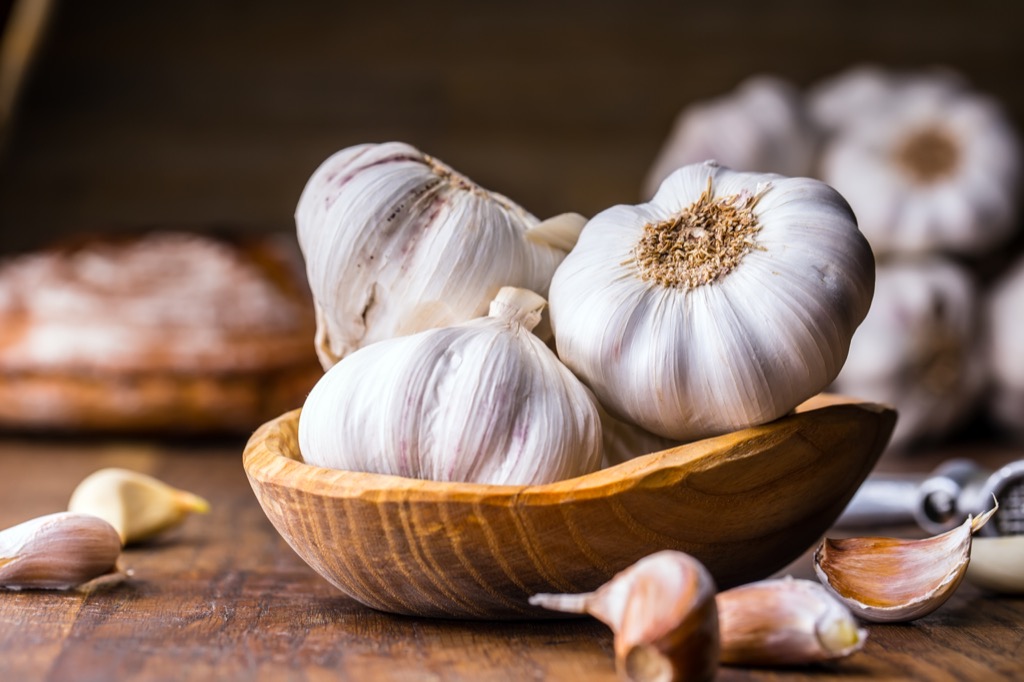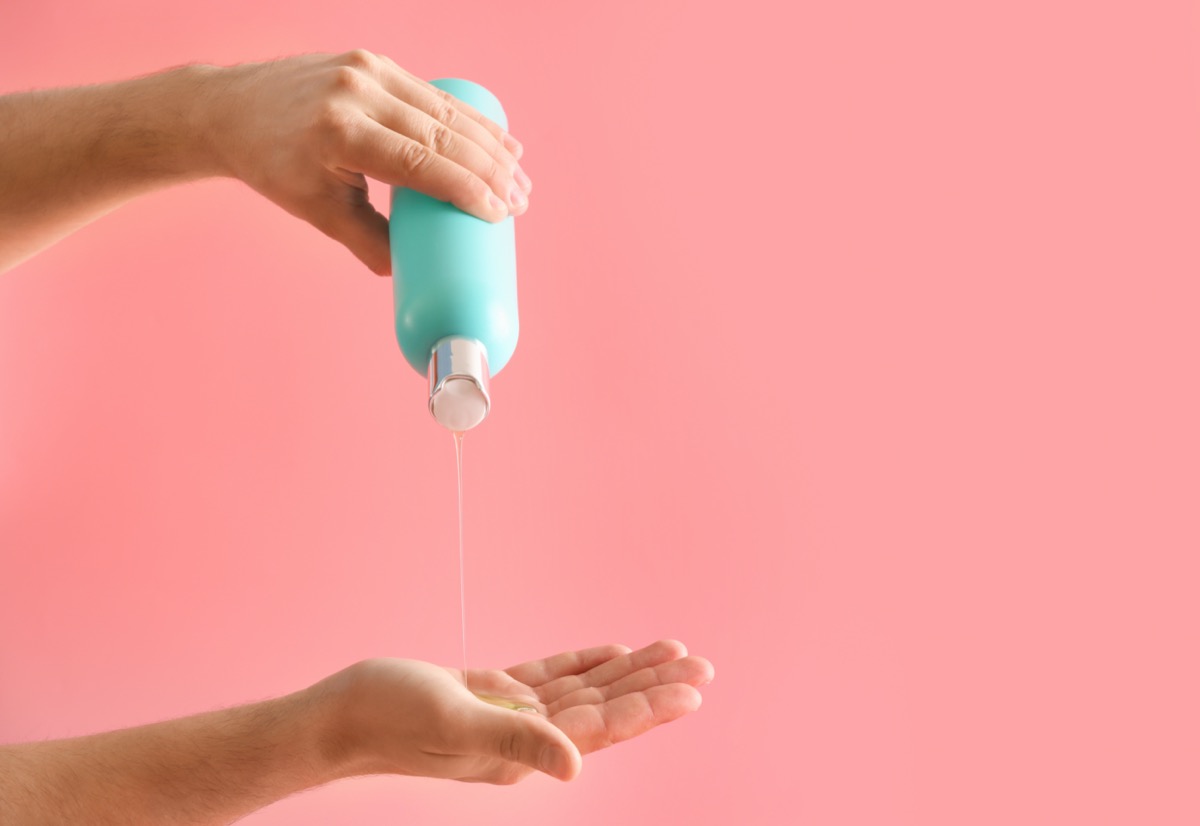In total, the research team screened 25 odorants, ultimately choosing five to use for the experiment that participants were most familiar with: coconut oil, cardamom, fennel, peppermint, and garlic. They then graded the scents based on potency and familiarity, and developed a prototype testing kit, which people could easily recreate at home. Ultimately, they found olfactory deficits in roughly 50 percent of otherwise asymptomatic COVID-positive patients. Of the five scents, peppermint and coconut oil were most frequently misidentified or undetectable to those with coronavirus: 36.7 percent and 22.4 percent of patients misidentified peppermint and coconut oil respectively. Similarly, the greatest number of patients were unable to smell those two scents entirely: 24.5 percent of patients could not smell peppermint and 20.4 percent could not smell the coconut oil. There are a few reasons that people can lose their olfactory senses due to COVID. First, people with upper respiratory conditions often experience “congestion, drainage, and other nasal symptoms,” which can block access to the smell nerve. But more likely, according to the Vanderbilt University Medical Center, “the virus causes an inflammatory reaction inside the nose that can lead to a loss of the olfactory, or smell, neurons.” Either way, smell tests like these can offer a window into a person’s COVID diagnosis. As the researchers noted in their study, which has yet to be peer reviewed, at-home tests could have a huge impact on global efforts to screen for coronavirus. “Given the non-availability/expensive nature of testing kits, this test may enable us to perform rapid and wider testing,” the researchers wrote. “In addition to this, the test has a potential to be one of the preliminary scanning methods along with infrared thermometry at the entry points of hospitals, government and private offices, shops and other places of public dealing in order to have a safe cordon.” In other words, it’s not a fool-proof solution, but it may give people a hint that they should go in for further testing. So, if you’re wondering whether you’ve got coronavirus, head into your kitchen and take a whiff of those two ingredients. They may just tip you off to a silent COVID infection. Don’t have those two ingredients on hand? Read on for other options, and for more on coronavirus, find out The “Wacky” Symptom That Means You Have COVID, Not the Flu. There’s nothing like coffee to give your senses a boost, and if you can’t smell the sweet aroma of your morning cup of joe, that could be a sign to see your doctor. Proteus Duxbury, former chief technology officer for the Colorado health insurance exchange, who battled COVID in March, told Kaiser Health News it helped him ID his bout with the virus. “I didn’t have cough, headache, fever or shortness of breath,” he said. “But everything tasted like cardboard. The first thing I did every morning was put my head in the coffee jar and take a real deep breath. Nothing.” And for the complete list of symptoms to familiarize yourself with, here are These Are the 51 Most Common COVID Symptoms You Could Have.ae0fcc31ae342fd3a1346ebb1f342fcb Professor Carl Philpott from Fifth Sense, a U.K. based charity supporting people affected by smell and taste disorders, says garlic is another great indicator to use. “Garlic, coffee, and coconut are additional scents you can use,” he told COVID Symptom Study. “However, this is not an exhaustive list. … You should have a number of smells already in your cupboard at home that you can use, so there’s no need to purchase anything special for these tests. All you need to make sure is that, the smell that is safe to hold reasonably close to your nose—make sure you avoid any potential irritants like air freshener, bleach, or other strong smells that can cause a tingling sensation or harm to the nasal passage.” And if you want to breath more easily to keep COVID at bay, This Simple Breathing Exercise Could Help You Fight Coronavirus. If you’re in the shower and notice your shampoo isn’t waking you up like it normally does, it may be reason to see your MD. Philpott suggests sniffing a fragranced shampoo like coconut to see how your sense of smell is doing. “Just hold the item close—but not touching—your nose and inhale. Simple!” he says. And for more strange signs of the virus, here’s The New Coronavirus Symptom That’s Appearing Weeks After You Get Sick. Looking for another option? “Grated zest of an orange, lemon, or lime in a bowl,” Philpott recommends. And if you want to be sure you’re staying safe, here are 24 Things You’re Doing Every Day That Put You at COVID Risk. Lastly, if you’re a fan of essential oils, you can choose one to smell daily as your barometer. “Spray some of the liquid on a fragrance strip or a tissue and hold underneath your nose and inhale,” Philpott suggests. And for more up-to-date guidance on COVID and more, sign up for our daily newsletter.




